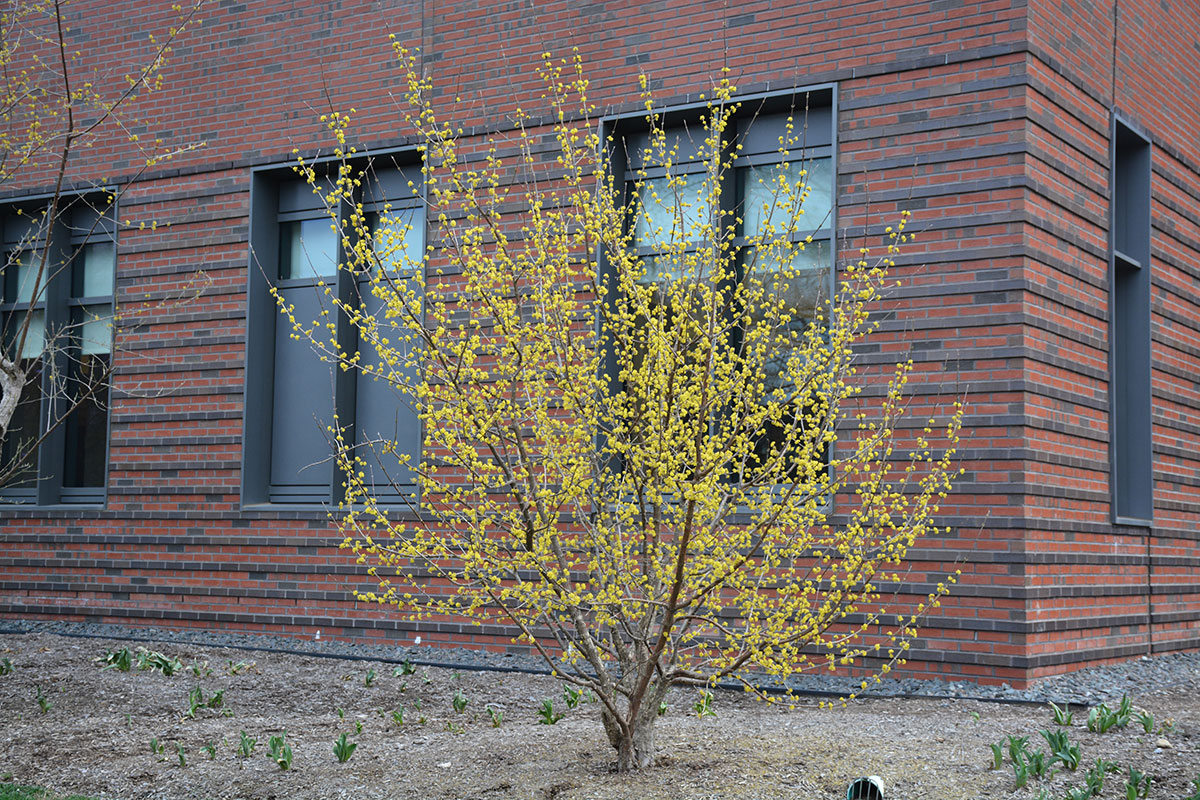


#Cornus mas concerns how to#
I do appreciate that you seem to be trying to figure out how to make them more constructive and friendly. It makes me curious why you choose to continue doing it, but, no explanation is necessary. lol I am surprised, that you continue to give scoldings, when they clearly are not usually received well. I have to say honestly that I still think you 'scold' a little too often, but, this 'style' of scolding is much easier to take. I see quite an effort made to 'adjust' your style of 'making a point'. Mindy, I have a smile on my face after reading your last post on this thread. And I spent time responding to your original question and thanking you, above.īest of intentions,and thanks again for the photos- just terrif! I definitely have succumbed to the temptation to take the easy way out and ask GW first) Now ,don't get all angry/defensive. Why can't you do an easy google which will tell you that CORNUS =DOGWOOD?!! this is basic info you need to know!Īnd why not do some more homework first on this hedge question- google 'good plant for hedges' or 'hedges' on your own, look at some ideas and photos, and then come to GW for an opinion? You'll get so much better info too.You can ask,"I was thinking about so and so vs so and so, but my light conditions are so and so what do you advise?" Believe you me, I was a newbie once too and I am still a BIG question asker, but I also believe in doing a good amount of homework before asking others.(I'm not perfect with this intention, btw. It is indeed cornus mas and i had no idea you could use cornus mas for such a terrific dense(though deciduous) hedge and those berries will turn yellow too! How cool!That is just a brilliant use of this plant (which I find very boring in its natural tree form sooo many better choices for a small tree.) This is the default status when not comprised in one of the previous categories or whenever there is doubt.Thanks so much for posting this photo. In the state of knowledge, we can not comment on the presence or absence in the current department. Particular case of absence due to a proven extinction less than a half century ago (older disappearances are treated as "no probable or definite"). This status must be assigned to a department in which the presence of the species is casual. unlikely presence for historical or biogeographical reasons.unobserved species while its presence is easily detected.intensive but unsuccessful targeted research.This status is based on one or more of the following criteria: This point covers the absence, more difficult by nature to demonstrate than presence. the last reliable observation being older than 20 years, no recent specific research and no presumption of extinction from that date.the last reliable sighting is older than 10 years compared to the reference date, no recent specific research and no presumption of extinction from that date.ecology of the species consistent with the hypothesis of his presence.search of species incomplete but presence of supportive environments.


For migratory species, the presence indicated concerns areas of reproduction. Corresponds to a report on the basis of at least one observation proved within a period of 10 years (20 years for little-known invertebrates) preceding the year and no presumption of extinction since obtaining the last data nor doubt on reproductive and implemented nature of this population.


 0 kommentar(er)
0 kommentar(er)
